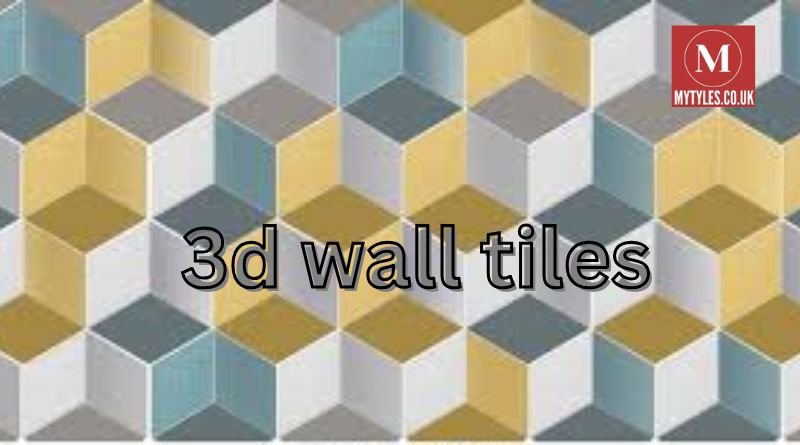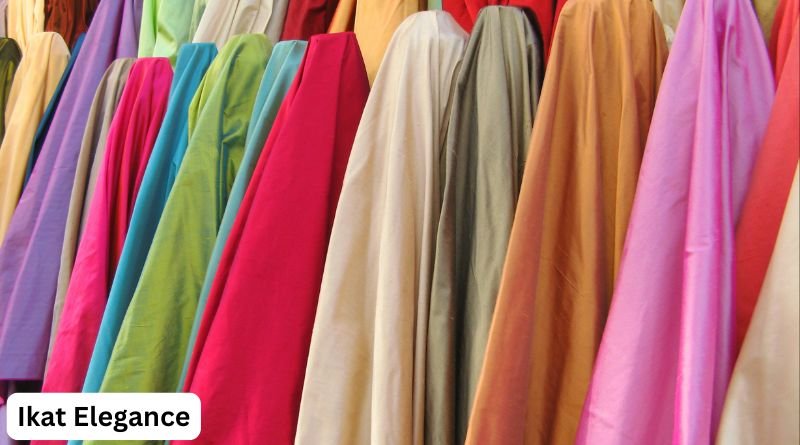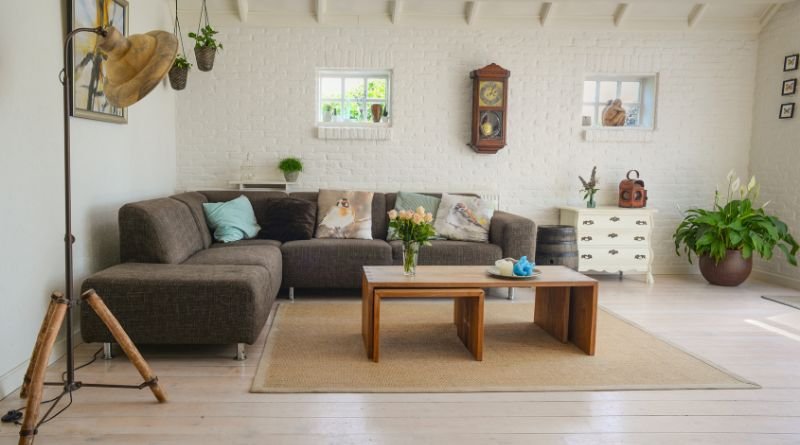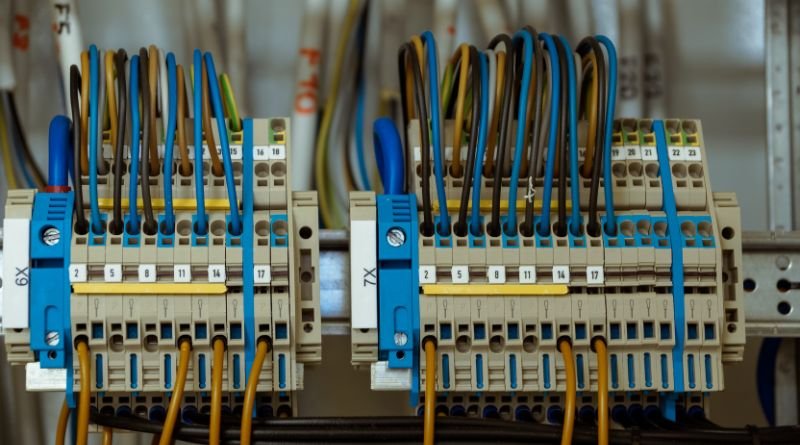In the world of interior design, 3D wall tiles have emerged as a modern and innovative way to enhance the aesthetics of residential and commercial spaces. The unique texture and depth they offer have made them a popular choice for homeowners, architects, and designers looking to make a bold statement. This article delves into the versatile world of 3D wall tiles, exploring their various types, benefits, applications, and installation tips. Whether you’re considering a subtle texture or a dramatic feature wall, 3D wall tiles offer an array of possibilities to redefine your space.
What Are 3D Wall Tiles?
3D wall tiles are a type of decorative tile that creates the illusion of depth and movement on a flat surface. Unlike traditional flat tiles, 3D tiles are designed with raised surfaces, patterns, and textures that give a three-dimensional effect. These tiles can be made from various materials, including ceramic, porcelain, stone, and even PVC, each offering its own unique properties and aesthetic appeal.
The patterns on 3D wall tiles vary widely, from geometric shapes and organic waves to intricate floral designs and abstract forms. This variety allows homeowners and designers to find tiles that match the style and mood of the space they are working on. While 3D tiles were once seen as a luxury, their increased availability and affordability have made them accessible to a broader audience, allowing anyone to transform their walls into a work of art.
Types of 3D Wall Tiles
There are several different types of 3D wall tiles available on the market, each offering distinct benefits and aesthetics. Understanding the characteristics of each type can help you make an informed decision when choosing the right tile for your project.
- Ceramic 3D Wall Tiles
Ceramic tiles are among the most common and affordable types of 3D wall tiles. They are lightweight, easy to clean, and resistant to moisture, making them an excellent choice for areas like bathrooms and kitchens. Ceramic 3D tiles are available in a wide range of designs, from simple patterns to more intricate, artistic styles. - Porcelain 3D Wall Tiles
Porcelain tiles are known for their durability and water resistance. They are harder and denser than ceramic tiles, making them a great option for high-traffic areas or spaces that are exposed to moisture, such as showers or outdoor walls. Porcelain 3D wall tiles often feature more detailed designs due to their manufacturing process, and they can replicate natural materials like stone and wood. - Natural Stone 3D Wall Tiles
Natural stone tiles, such as marble, slate, or travertine, offer a luxurious and timeless appeal. These tiles are heavier and more expensive than ceramic or porcelain but provide a unique, natural texture that cannot be replicated by synthetic materials. Natural stone 3D wall tiles are ideal for creating an upscale, organic look in living rooms, entryways, or feature walls. - PVC and Plastic 3D Wall Panels
PVC 3D wall tiles are lightweight, affordable, and easy to install. These tiles are often used in temporary installations or for budget-friendly renovations. While they may not offer the same durability or luxury as ceramic or natural stone tiles, they come in a variety of designs and can be a good option for those looking to experiment with 3D textures without a significant investment.
Benefits of 3D Wall Tiles
3D wall tiles offer a host of benefits that go beyond aesthetics. Here are some of the key advantages that make them a popular choice for interior design projects:
- Visual Appeal and Depth
The most obvious benefit of 3D wall tiles is the visual impact they create. The raised patterns and textures add depth and dimension to a room, making the walls appear more dynamic and interesting. This effect can dramatically change the mood and feel of a space, giving it a more modern, artistic, or luxurious ambiance. - Versatility
3D wall tiles are incredibly versatile and can be used in a variety of settings, from residential homes to commercial spaces. They are suitable for living rooms, bedrooms, bathrooms, kitchens, office spaces, hotels, and retail stores. The range of materials, colors, and designs available ensures that there is a 3D tile to suit any interior style or preference. - Durability and Longevity
Most 3D wall tiles, particularly those made from ceramic, porcelain, or stone, are highly durable and resistant to wear and tear. They can withstand moisture, heat, and physical impact, making them a long-lasting solution for both indoor and outdoor applications. With proper care and maintenance, 3D wall tiles can maintain their beauty and integrity for many years. - Easy Maintenance
Despite their intricate appearance, 3D wall tiles are generally easy to maintain. Most tiles can be cleaned with a damp cloth and mild detergent, and they do not require special treatments or sealants. Ceramic and porcelain tiles, in particular, are resistant to stains and moisture, making them a low-maintenance option for busy households. - Acoustic and Thermal Insulation
In addition to their aesthetic appeal, 3D wall tiles can also offer practical benefits such as improved acoustic insulation. The raised surfaces and textures can help absorb sound, reducing noise levels in a room. Additionally, some 3D tiles, particularly those made from natural stone or PVC, can provide an extra layer of thermal insulation, helping to regulate the temperature of a space.
Applications of 3D Wall Tiles
The unique properties of 3D wall tiles make them suitable for a wide range of applications. Whether you’re looking to create a feature wall in your home or add a touch of luxury to a commercial space, 3D tiles offer endless design possibilities.
- Feature Walls in Living Rooms
One of the most popular applications of 3D wall tiles is in creating feature walls in living rooms. A 3D tile wall can serve as a focal point, drawing attention to a particular area of the room. It can be used behind a sofa, fireplace, or TV unit to add texture and depth to the space. The right choice of tile can transform a plain wall into a stunning visual centerpiece. - Bathrooms and Showers
3D wall tiles are an excellent choice for bathrooms and showers, where they can add a spa-like ambiance. The moisture-resistant properties of ceramic and porcelain tiles make them ideal for use in wet areas. A textured tile in the shower area or behind the bathtub can create a luxurious, relaxing environment, while also providing a practical, water-resistant surface. - Kitchen Backsplashes
For those looking to add a touch of creativity to their kitchen, 3D wall tiles can be used as a backsplash behind the sink or stove. The textured surface not only adds visual interest but also provides a practical, easy-to-clean surface. 3D tiles can be used to complement other elements of the kitchen, such as countertops and cabinetry, creating a cohesive and stylish look. - Commercial Spaces
In commercial settings, such as hotels, restaurants, and retail stores, 3D wall tiles can be used to create a distinctive and memorable atmosphere. Feature walls in lobbies, dining areas, or display areas can enhance the customer experience by making the space feel more luxurious, modern, or innovative. The versatility of 3D tiles allows them to be tailored to the branding and aesthetic goals of the business.
Installation Tips for 3D Wall Tiles
Installing 3D wall tiles requires careful planning and execution to ensure a flawless finish. Here are some tips to help you achieve professional results:
- Prepare the Surface
Before installing 3D wall tiles, it’s essential to prepare the surface properly. The wall should be clean, dry, and free of any dirt or debris. If the surface is uneven, it may need to be smoothed out to ensure the tiles adhere correctly. - Plan the Layout
Take the time to plan the layout of your 3D wall tiles before applying adhesive. This is particularly important for tiles with intricate patterns or designs. Dry-fitting the tiles will help you visualize the final result and avoid any mistakes during installation. - Use the Right Adhesive
Choosing the right adhesive is crucial for a successful installation. The type of adhesive you use will depend on the material of the tiles and the surface they are being applied to. For heavy tiles, such as natural stone, a strong, high-quality adhesive is required to ensure they stay securely in place. - Grout Carefully
When grouting 3D wall tiles, be careful not to overfill the spaces between the tiles, as excess grout can obscure the texture and pattern. Use a small tool to apply the grout evenly and wipe away any excess before it dries.
Conclusion
3D wall tiles offer an exciting and innovative way to transform any space with texture, depth, and visual interest. Their versatility, durability, and aesthetic appeal make them a top choice for both residential and commercial projects. Whether you’re looking to create a striking feature wall or add a touch of luxury to a bathroom or kitchen, 3D wall tiles provide endless design possibilities to bring your vision to life. With the right materials and careful installation, these tiles can turn any wall into a captivating, modern masterpiece.
Read also: check




